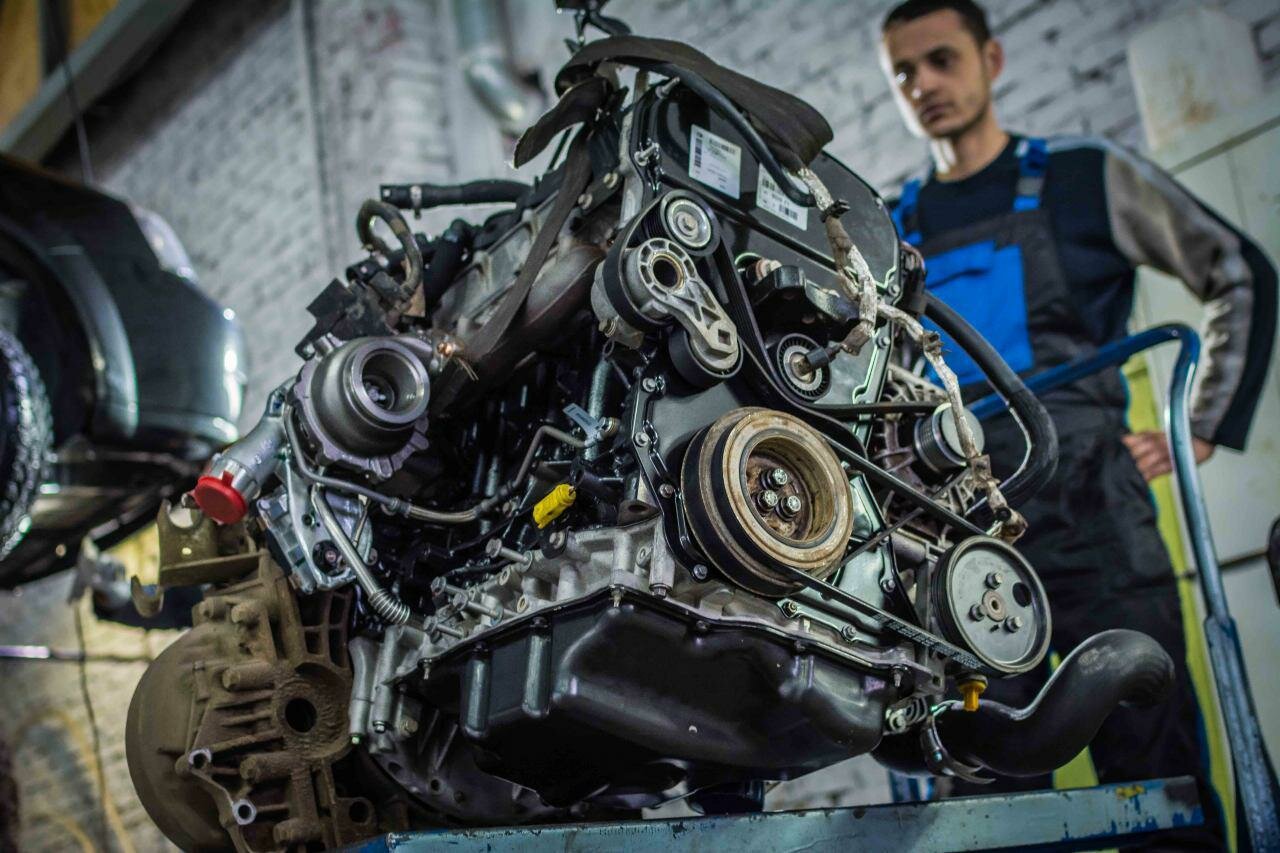The Chrysler 300 with the HEMI engine is known for its powerful performance and sleek design, but it’s not without its share of headaches. Owners often encounter a variety of issues that can lead to frustration and costly repairs. Understanding the common symptoms associated with these problems is crucial for any driver who wants to keep their vehicle running smoothly. This overview will delve into the various aspects of the HEMI engine’s reliability, the symptoms of potential problems, and what to watch for as you drive.
Common Symptoms of Engine Issues
When dealing with a HEMI engine, certain symptoms can indicate underlying problems. Recognizing these early can save you time and money in the long run. Here are some of the most frequently reported signs that something might be amiss:
Performance Issues
One of the first things drivers may notice is a drop in performance. This can manifest in several ways:
- Decreased acceleration: The engine may feel sluggish, and you might struggle to reach higher speeds.
- Poor fuel economy: If you’re filling up more often than usual, it could be a sign of an engine problem.
- Rough idling: The engine may shake or vibrate when idling, indicating potential internal issues.
Unusual Noises
Strange sounds can be a telltale sign that your HEMI engine is not functioning as it should. Pay attention to:
- Knocking or pinging: This can indicate issues with the fuel mixture or internal components.
- Hissing or whistling: These sounds may suggest a vacuum leak or a problem with the intake system.
- Grinding noises: This could point to issues with the timing chain or other critical engine components.
Warning Lights
The dashboard warning lights are there for a reason. If you see any of the following, it’s time to investigate:
- Check Engine Light: This can be triggered by a variety of issues, from minor to severe.
- Oil Pressure Light: Low oil pressure can lead to catastrophic engine failure if not addressed.
- Temperature Warning Light: Overheating can cause serious damage, so don’t ignore this one.
Fluid Leaks
Fluid leaks can indicate a range of problems. Keep an eye out for:
- Oil leaks: Dark puddles under the car can mean your engine is losing oil, which is critical for lubrication.
- Coolant leaks: If you notice green or orange fluid, your cooling system may be compromised.
- Transmission fluid leaks: Red or brown fluid can indicate issues with the transmission, which is closely tied to engine performance.
Electrical Issues
The HEMI engine relies on various electrical components. Watch for:
- Starting problems: If the engine struggles to start, it could be a sign of a failing battery or starter.
- Faulty sensors: Issues with sensors can lead to incorrect readings and poor engine performance.
- Battery drain: If your battery keeps dying, it might be due to an electrical issue within the engine.
Conclusion
While this overview highlights some of the most common symptoms associated with the HEMI engine, it’s essential to stay vigilant. Regular maintenance and monitoring can help catch these problems early, ensuring your Chrysler 300 continues to deliver the performance and reliability you expect.
Understanding the Issues with the HEMI Engine
The Chrysler 300 equipped with the HEMI engine has garnered a reputation for its power and performance. However, it’s not all smooth sailing. Many owners have reported a variety of problems that can stem from different causes. Knowing what these issues are and their potential origins can help you address them before they escalate.
Common Problems and Their Causes
The HEMI engine can experience several issues, each with its own set of causes. Here’s a breakdown of the most common problems and what might be behind them:
| Problem | Possible Causes |
|---|---|
| Oil Consumption |
|
| Overheating |
|
| Misfiring |
|
| Transmission Problems |
|
| Check Engine Light |
|
Owner Opinions and Experiences
Many Chrysler 300 owners have taken to forums to share their experiences with the HEMI engine. While individual experiences can vary, some common themes emerge from these discussions.
- Many owners express frustration over oil consumption, stating that they find themselves adding oil more frequently than expected. Some have reported that they had to replace piston rings to resolve the issue.
- Overheating is another common complaint. Several drivers mention that their vehicles would reach high temperatures, especially during long drives or in hot weather. They often attribute this to coolant leaks or a malfunctioning thermostat.
- Misfiring has been a significant concern for some. Owners report that their engines would shake or lose power, particularly during acceleration. They often cite faulty spark plugs or ignition coils as the culprits.
- Transmission issues are also frequently discussed. Many drivers note that they experience rough shifting or slipping gears, leading to concerns about the longevity of their transmission. Low fluid levels and worn components are commonly mentioned as potential causes.
- The Check Engine Light seems to be a constant source of anxiety for many owners. Drivers often report that the light comes on unexpectedly, leading to costly trips to the mechanic. They express frustration with the vagueness of the diagnostics, as it can be triggered by several different issues.
Final Thoughts on HEMI Engine Problems
While the Chrysler 300 HEMI engine offers impressive performance, it’s essential to be aware of the potential problems that can arise. Understanding the common symptoms and their causes can empower owners to take action before minor issues escalate into major repairs. Regular maintenance and vigilance can go a long way in ensuring that your vehicle remains reliable and enjoyable to drive.
Recalls and Technical Service Bulletins for the HEMI Engine
When it comes to addressing issues with the Chrysler 300 HEMI engine, it’s crucial to look at any recalls or Technical Service Bulletins (TSBs) that may have been issued. These documents provide valuable information regarding known problems and the manufacturer’s recommended solutions.
Understanding Recalls
A recall is issued when a manufacturer identifies a safety defect or non-compliance with federal safety standards. For the Chrysler 300, there have been several recalls over the years that may relate to the HEMI engine.
- Engine Stalling: Some models were recalled due to an issue that could cause the engine to stall unexpectedly. This could pose a safety risk, especially at high speeds.
- Fuel Pump Failure: Certain vehicles faced a recall due to a faulty fuel pump that could lead to engine failure. This issue could also affect the performance of the HEMI engine.
- Cooling System Issues: Recalls related to the cooling system have been issued, which can lead to overheating problems in the HEMI engine.
Technical Service Bulletins (TSBs)
TSBs are not recalls but rather recommendations from the manufacturer to dealerships regarding known issues and fixes. They often provide guidance on how to address specific problems that may arise during normal operation. Here are some relevant TSBs related to the HEMI engine:
| TSB Number | Issue | Description |
|---|---|---|
| 18-030-14 | Oil Consumption | This bulletin addresses excessive oil consumption in certain HEMI engines and outlines the procedure for checking and replacing piston rings. |
| 18-024-15 | Engine Overheating | This TSB provides information on diagnosing and fixing overheating issues, including checking the thermostat and coolant levels. |
| 18-009-16 | Misfire Conditions | This bulletin discusses common causes of engine misfires and suggests steps for diagnosing faulty spark plugs and ignition coils. |
| 21-003-18 | Transmission Shifting Issues | This TSB addresses concerns related to rough shifting and provides recommendations for fluid checks and potential component replacements. |
Top views |
|
|---|---|
 |
Oil, Timing Chains, Pistons: What Really Kills an Engine Prematurely? |
 |
How to Choose a Car with a Reliable Engine: Used Car Market Hacks That Actually Work |
Importance of Staying Informed
For Chrysler 300 owners, staying informed about recalls and TSBs is essential. These documents can help you understand the potential problems associated with your HEMI engine and guide you on how to address them effectively. Regularly checking the National Highway Traffic Safety Administration (NHTSA) website or contacting your local dealership can provide the latest updates on recalls and TSBs.
In summary, keeping an eye on recalls and TSBs can help you maintain your Chrysler 300 HEMI engine in optimal condition and ensure your vehicle remains safe and reliable.




0 Comments